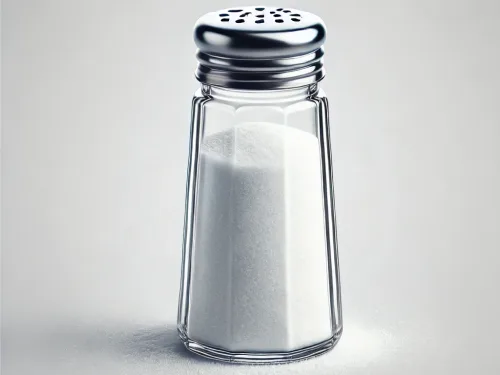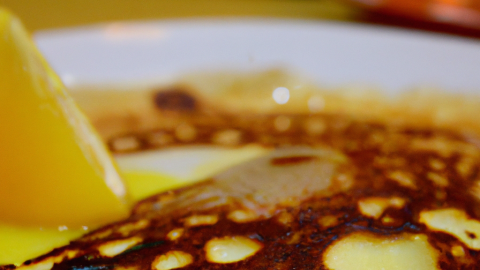Salt, also known as sodium chloride, is a mineral essential for the taste and preservation of food.
Salt is extracted from salt mines and by evaporation of seawater.
Table salt, sea salt, kosher salt, Himalayan salt, fleur de sel, and sel gris.
Kcal per 100g: 0 kcal
Important nutrients: Sodium and chloride.
Salt has a sharp, mineral taste that enhances the natural flavors of food.
Salt is used for flavor, preservation, and sometimes as a texturizing agent in dishes.
Combines well with almost all ingredients and is used in almost all cuisines worldwide.
Store salt in a cool, dry place in an airtight container to protect it from moisture.
Salt is essential for bodily functions, but excessive intake can lead to high blood pressure and other health problems.
Salt was once valued so highly that it was used as currency. The English word “salary” comes from the Latin “salarium,” meaning salt allowance.
Salt can come in different colors depending on the minerals it contains. Pink Himalayan salt owes its color to iron oxide, while black salt (Kala Namak) gets its color and flavor from the presence of various sulfur compounds.
Before refrigerators and modern preservation methods were available, salt was one of the main means of preserving food. It inhibits the growth of bacteria and fungi.
Salt plays a crucial role in the production of cheese. It helps regulate fermentation, enhances flavor and acts as a preservative.



